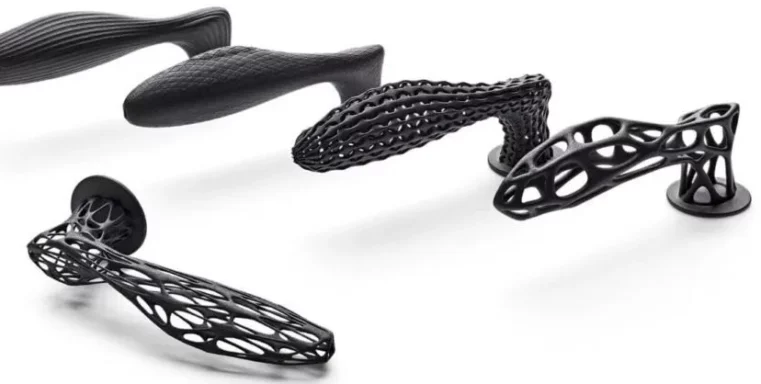
28.5.2019
3D models are already required for modern ablative manufacturing processes or for the production of casting molds. However, there are still limitations in terms of design freedom. With the advent of additive manufacturing, the limits of what is possible here have also been pushed back significantly. In the following, we will present three re-design strategies that will help you to exploit the potential of 3D printing.
29.8.2018
The file format STL and its importance for 3D printing
Even though the STL format is around for about 30 years, it is still the single most important format for 3D printing. An STL (Standard Tessellation Language) serves as an interface between the design file (CAD) and the 3D printer. In this article, we explain the technology behind the file format, what programs to use to open the files and possible alternatives of the STL format.
21.11.2017
Overview of the most common 3D printing file formats
The abundance of different file formats that one encounters in the world of 3D printing always leads to uncertainty or confusion. The file formats used depend on which design software was used, which 3D scanner was used and which 3D printer is to be used. The following article presents the most popular file formats and is intended to serve as an orientation in the format confusion.
08.8.2017
When we talk about 3D printing, the term "reverse engineering" inevitably comes up at some point. Translated somewhat simply, it means something like "reverse engineering". In this article, we will take a closer look at this term and explain the special position of 3D printing technologies in the process of reverse engineering.
07.3.2017
STL vs. STP - the most popular 3D printing data formats in comparison
If you are in the world of 3D printing, you will inevitably come across a lot of different file formats (.OBJ; .3DS; .STL; .STP; .IGES; .3DM). Out of this multitude, we have picked out 2 file formats that we would like to explain to you in a little more detail: .STL and .STP.
05.11.2015
How to create 3D models for 3D printing
Unfortunately, not all 3D models are suitable for 3D printing. Whereas for virtual applications, for example, it is quite sufficient if the 3D model is visually impressive, certain criteria must be met for 3D printing. These include, of course, that shape and (in the case of color 3D printing) color are defined, but there are also other criteria that are crucial.We have compiled the most important design criteria for you: